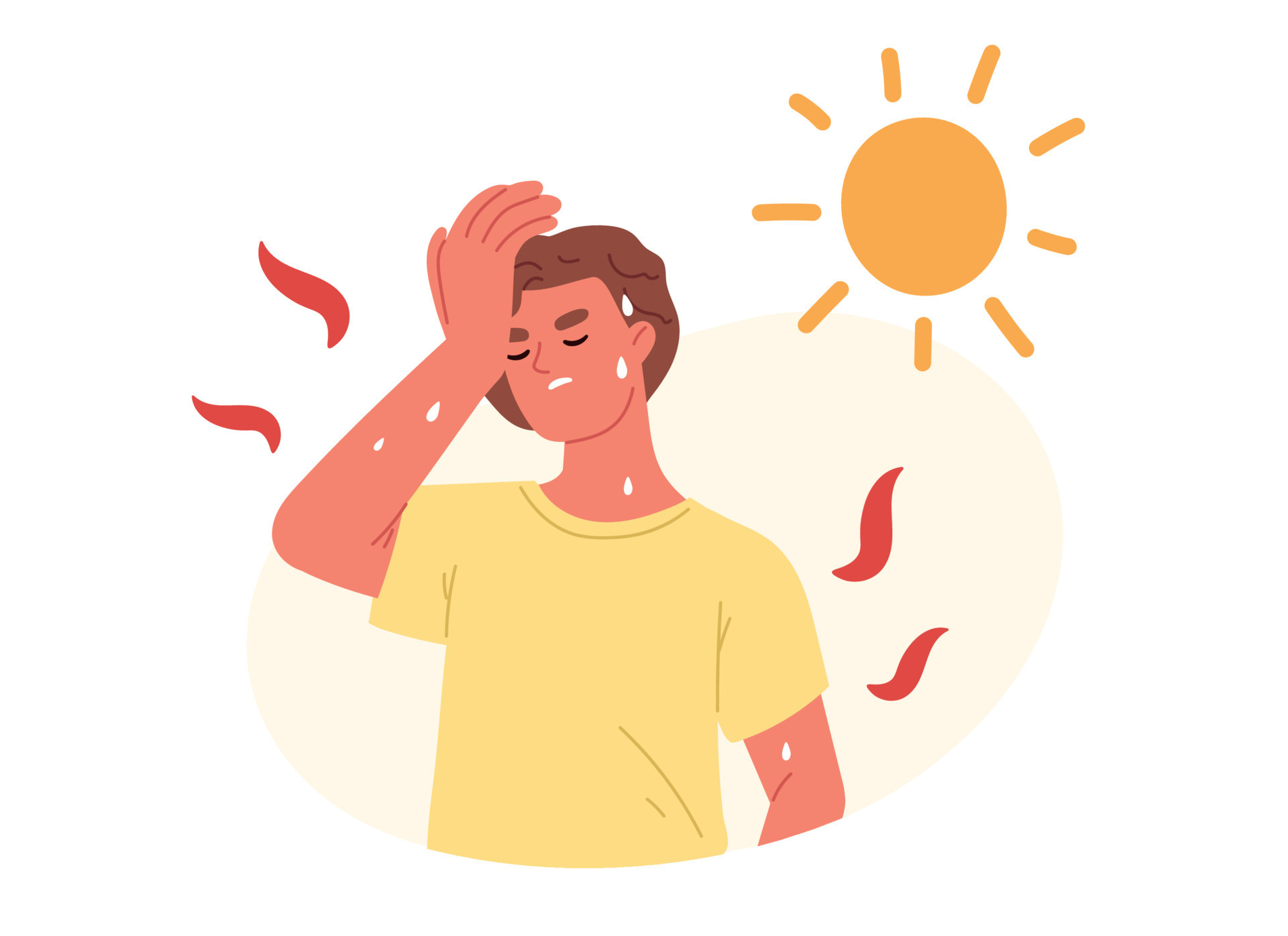The ongoing global rise in temperatures has increased the risk of heat stroke. It can be a life-threatening condition. Heat stroke occurs when the body’s core temperature rises to dangerously high levels. This temperature rise can lead to organ damage and, if left untreated, even death. With climate change intensifying heat waves and extreme weather events, people need to be aware of the risks of heat stroke and the proactive measures to prevent them.
What to eat and
what to avoid
When it comes to dealing with heat strokes, it is important to consume certain foods. Here are some food suggestions that may be beneficial:
1. Watermelon: With high water content and essential electrolytes, watermelon helps in staying hydrated and preventing dehydration during summer.
2. Cucumber: Cucumbers are not only refreshing but also rich in water and electrolytes, making them a great choice for hydration.
3. Coconut Water: Packed with electrolytes and natural sugars, coconut water is a fantastic beverage to replenish fluids and prevent heat stroke.
4. Mint: Mint leaves can be added to water or infused into beverages to provide a cooling effect and aid digestion during hot weather.
5. Yoghurt: Probiotic-rich yoghurt helps in maintaining gut health and is a great source of hydration. It can be consumed in the form of smoothies or chilled yoghurt-based drinks.
6. Citrus Fruits: Oranges, lemons, and grapefruits are packed with vitamin C and water, making them excellent choices to stay hydrated and boost immunity.
7. Tomatoes: Tomatoes are rich in antioxidants and contain a good amount of water. They can be enjoyed in salads or used to prepare refreshing gazpachos.
8. Berries: Strawberries, blueberries, and raspberries are hydrating fruits that are also packed with antioxidants and fibre, making them a healthy summer snack.
9. Herbal Teas: Herbal teas like hibiscus or chamomile can be consumed chilled to provide hydration and offer calming effects during the hot summer months.
Here are some foods
that you should avoid
to reduce the
risk of heat stroke
1. Caffeinated Beverages: Drinks like coffee, tea, energy drinks, and soda contain caffeine, which acts as a diuretic and can contribute to dehydration. It’s best to limit or avoid these beverages during hot weather.
2. Alcoholic Beverages: Alcohol can dehydrate the body and impair judgement, making it harder to recognize the signs of heat-related illnesses. It’s advisable to avoid alcoholic drinks during heat waves.
3. Spicy and Salty Foods: Spicy foods can increase body temperature and make you feel hotter. Salty foods can contribute to dehydration by increasing water loss. It’s recommended to minimise the consumption of spicy and salty foods during hot weather.
4. Heavy and Greasy Foods: Foods that are high in fat, or greasy can make digestion more difficult and increase body heat. Opt for lighter and easily digestible meals rich in water content, such as fruits and vegetables.
5. High-Protein Foods: Large amounts of protein can increase metabolic heat production. It can also cause additional stress on the body during hot weather. It’s advisable to consume moderate amounts of protein and focus on a balanced diet.
6. Carbonated and Sugary Drinks: Carbonated beverages and sugary drinks can lead to increased thirst and may not provide adequate hydration. Water is the best choice to stay hydrated, but if you prefer flavoured drinks, opt for natural fruit-infused water or unsweetened beverages.
Treatment and Response
If you suspect someone is experiencing heat stroke, immediate medical attention is crucial. While waiting for professional help to arrive, move the person to a shaded area, remove excess clothing, and try to cool them down by applying cold packs or wet towels. Encourage them to drink cool water if they are conscious.
Conclusion
In this ongoing struggle against heat stroke, people must prioritise their well-being. By understanding the symptoms, risk factors, and prevention strategies, we can take proactive measures to protect ourselves and others from the potentially devastating effects of heat stroke. Stay informed, calm and hydrated to ensure a safe and enjoyable summer.
The author is Content Editor of The Healthy Indian Project .






















